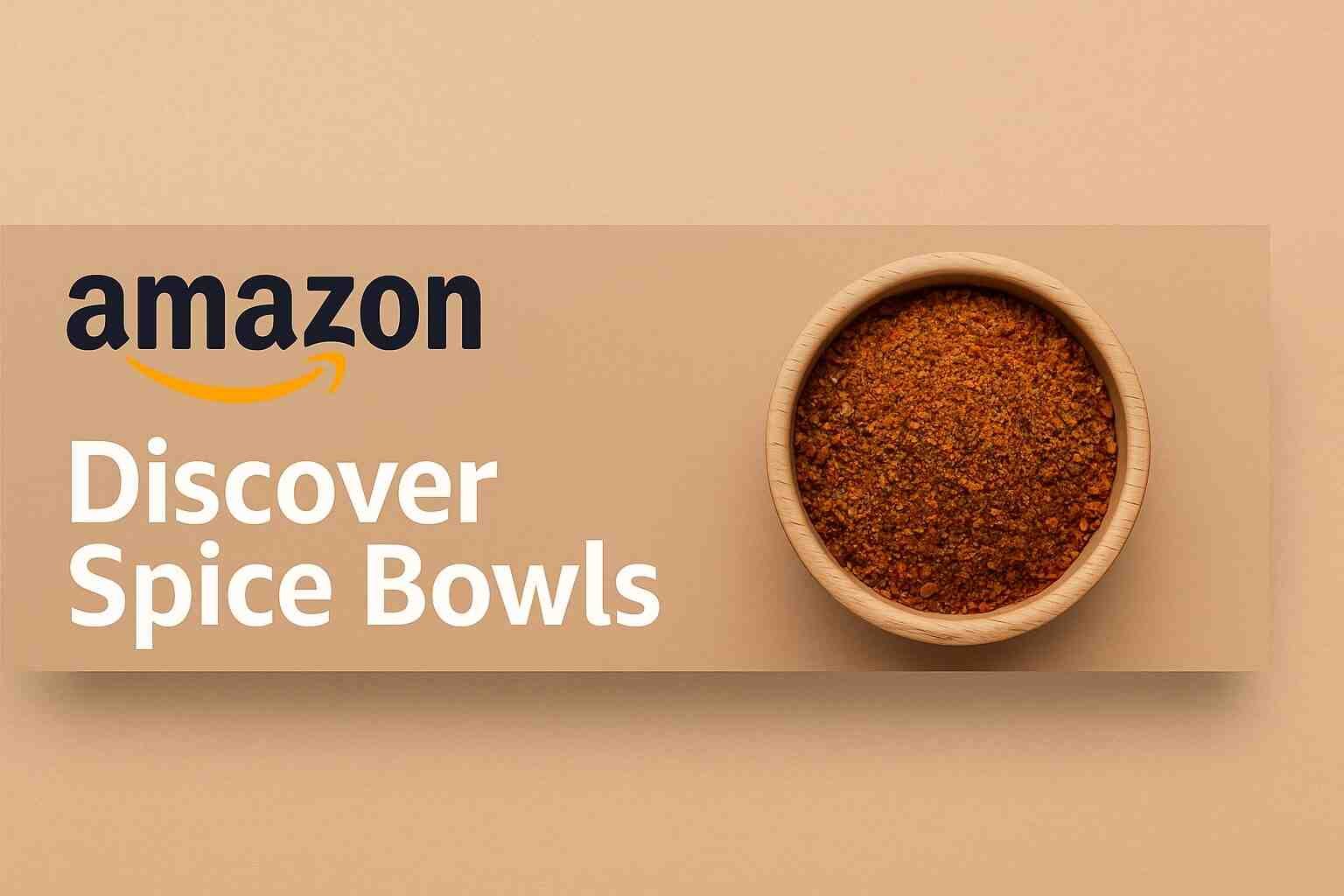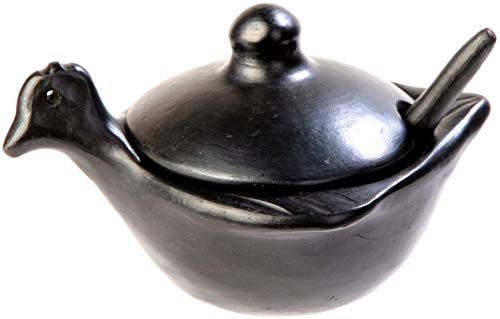When I first considered buying a handmade spice bowl, I genuinely felt that I was doing the right thing. When I finally began using the bowl and noticed that I had been right, it made me feel positive about myself and I congratulated myself silently. These tiny works of art bring a warm, earthy quality to the kitchen that mass-produced plastic spice containers simply cannot.
I did a lot of research before buying the product and then used it later. In this article, I’m putting forward both my research and the experience I got after actually using it.
The Importance of Size: Three Fingers
You might think, “It’s just a spice bowl, how much can it matter?” But hear me out, size does matter more than you think. Because there is always a chance of spilling spices. If you don’t select the right size, one errant motion in grasping your spice and the kitchen countertop or worse, the floor can end up being stained. You wouldn’t want a bowl that’s too shallow or too deep for that a small touch sends spices flying everywhere. A well-made ceramic handmade spice bowl must be just big enough to accommodate three fingers with ease.
Visualize it as a cozy little bed for your favorite salt or pepper.
Glazed or Unglazed?: Mint Bowl
A minor but important detail is whether or not the bowl itself is glazed on the inside. If you choose a glazed one, it is easier to clean. And from experience, I can vouch that it’s ideal for everyday use as it doesn’t hold oils or odors.
And what about unglazed bowls, then? They look really rustic, but they’re porous. If you’ve ever put mint in one, it might be your mint bowl from now on. I found this out the hard way in experience. I’m warning you so you don’t have to endure it too. That unglazed bowl still smells like mint nothing I did removed it. So it’s officially my mint bowl now.
Does It Fit Ergonomically?: Golden Ratio
When we are going to buy a hand-made clay spice bowl, we all instinctively pick it up and feel its shape and weight. Balance is another consideration. Does it sit well? Is it too heavy for its size? Or too light and fragile? Ceramic work has this odd “Golden Ratio” it needs to be weighty but not cumbersome.
And if there is a little hump or ridge for your finger, it adds an extra nice touch when used.
Is It Truly Handmade?: Human Touch
We’re all good sorts, so we all love to think every tag or claim. But I have learned before that not everything that’s tagged “handmade” really is handmade. So this isn’t a foolish question at all. Some of so-called “handmade” bowls truly are mold-made and simply hand-glazed. That’s not the same. Genuine handmade bowls have small imperfections irregular edges, brush strokes, small variations in the glaze. These aspects make them special. They provide a feeling of human touch.
Therefore, if it is too perfect and smooth, you might want to watch out.
I Care About Appearance, Too: Eye-Friendly
So far, we’ve talked about function and material. But it’s also important that the product is attractive and fits in with your house. If you’re buying something that’s handmade, then it also needs to be stunning. Earthy colors, tiny little speckles, a matte finish… it needs to be eye-friendly even just on the countertop. It needs to fit in with your kitchen and make you smile. Anyway, these are just a few small lessons I’ve learned from moments like “Oh, this is so cute but why isn’t it practical?” If you’re buying something you’ll use every day, it should bring a small moment of joy. And a well-chosen handmade ceramic spice bowl? It can absolutely do that.














[…] & ContainersWhat to Look for When Buying a Handmade Spice Bowl Bowls & ContainersWhat Should We Consider When Choosing Spice Bowls? Fork and Spoon SetsStylish […]